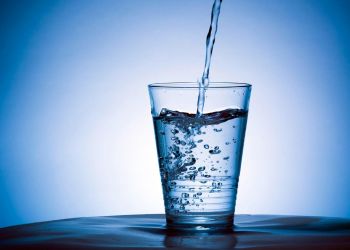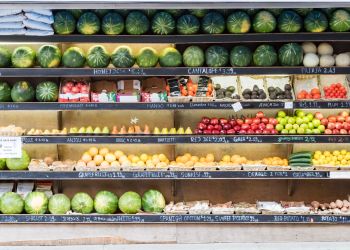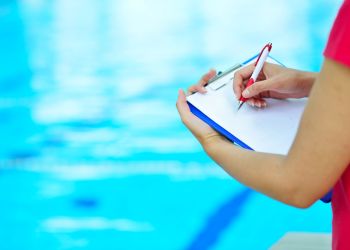Eastern equine encephalitis virus (EEEV) is a mosquito-borne virus that is rarely seen in humans. The mosquitoes that are frequently found to carry the virus usually feed on birds and live in freshwater hardwood swamps in sparsely populated areas. Occasionally, these mosquitoes transmit EEEV to humans and horses.
Peak season ranges from July through September, therefore it is especially important for people to protect themselves during these summer months as well as year-round by:
- Using U.S. Environmental Protection Agency (EPA)-registered insect repellent;
- Wearing long-sleeved shirts and long pants when outdoors;
- Clearing standing water around homes and businesses; and,
- Keeping windows and doors closed to prevent mosquitoes from entering homes.
According to the Centers for Disease Control and Prevention (CDC), encephalitis refers to inflammation of the brain and symptoms of EEEV infection include sudden onset of headache, fever, vomiting, and weakness. It is possible for the illness to progress into confusion, sleepiness, seizures, and coma. Approximately one-third of these encephalitis cases are fatal and those who survive will have long-term neurologic complications. With these symptoms in mind, it must be stressed that cases of EEEV infection in humans are rare and overall about 4-5% of human infection results in encephalitis.
There is no current human vaccine to prevent or medicine to treat EEE. Individuals with suspected EEE symptoms should be evaluated by a healthcare provider. Once again, the best way for people to protect themselves and their families is by following the measures indicated above.
It is not unusual to see spikes in the number of cases from year to year. Several factors contribute to years with higher than average case counts (e.g., weather patterns, bird and mosquito populations, etc.). Based on data from the last decade, an average of 7 neuroinvasive cases of eastern equine encephalitis (EEE) were reported per year in the U.S., but increases have been seen such as in 2005 when 21 cases of EEE were reported. With that being said, as of September 19, 2019, the CDC has received reports of 18 confirmed cases from the states of Massachusetts (8), Michigan (7), New Jersey (1), Rhode Island (1), and North Carolina (1). For questions about a specific state, contact the state health department directly.
Resources such as the Tip and Toss Educational Video (Buncombe County, North Carolina) and Prevent the Bite! educational flyer (Harris County Public Health, Texas) provide tips on how to protect yourself against mosquito-borne diseases.
NACCHO’s Vector Control Toolkit also provides a variety of useful resources for local health departments and vector control programs to improve their ability to assess, prevent, and respond to vector-borne threats, such as EEE. For more information about the Vector Control Toolkit, please contact the NACCHO Vector Control Program at [email protected].





